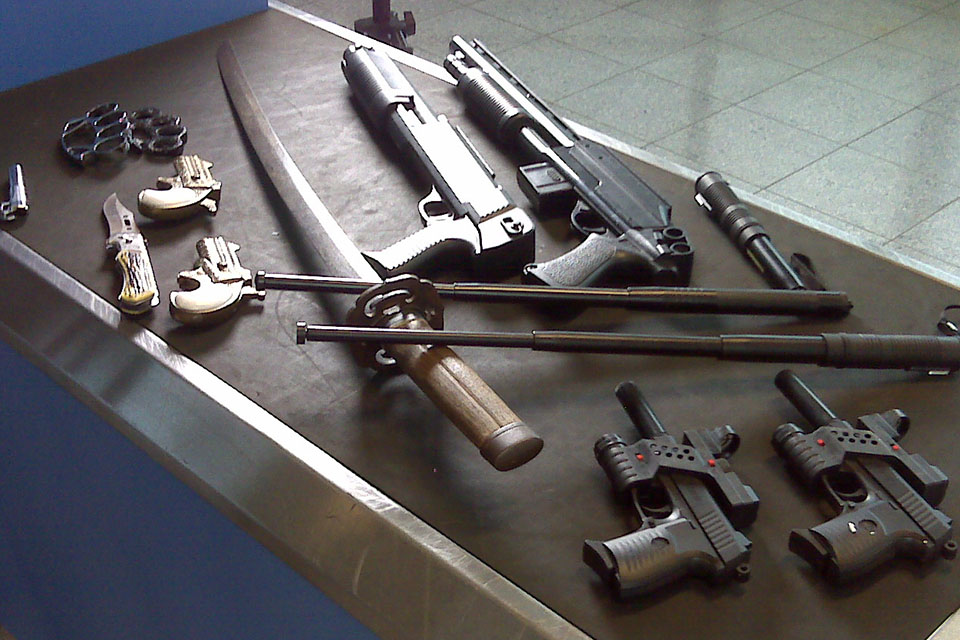
Officials from the Transportation Security Administration said that they had confiscated 1000+ guns by mid-December. Compared to the previous record set last year, when 5,972 firearms were discovered, this year’s total is much higher.
As of the middle of December, checkpoints had seized 6,301 firearms, 88% of which were active weapons. There was no explanation for the increase in persons trying to go through security checkpoints armed. Even if a U.S. passenger possesses a concealed carry license, it is illegal for them to bring a handgun onto an airplane. However, even if a traveler obtains a concealed weapon permit, weapons are not permitted in carry-on luggage at any T.S.A. checkpoint.
Experts believe this differentiation is to blame for the thousands of accidents that have occurred in recent years. If they haven’t flown much since the epidemic began, passengers may not be aware of the restrictions on carrying weapons on aircraft.
The maximum civil penalty for a gun infraction will rise from $13,910 to $14,950. Depending on the individual’s criminal history and whether or not the handgun was loaded, Transportation Security Administration officers may impose a civil penalty for firearm possession at a checkpoint.
A US traveler with a concealed carry permit cannot bring a firearm onboard an airplane under any circumstances. The T.S.A. has the authority to assess a civil penalty in the event that a weapon is discovered at a security checkpoint. Whether or not the firearm was loaded and the number of previous convictions determine the severity of the sentence.
In most cases, travelers are allowed to check guns as long as they are unloaded and secured in a hard-sided container. The passenger must inform the airline staff of their intention to bring a firearm on board during the check-in process.





